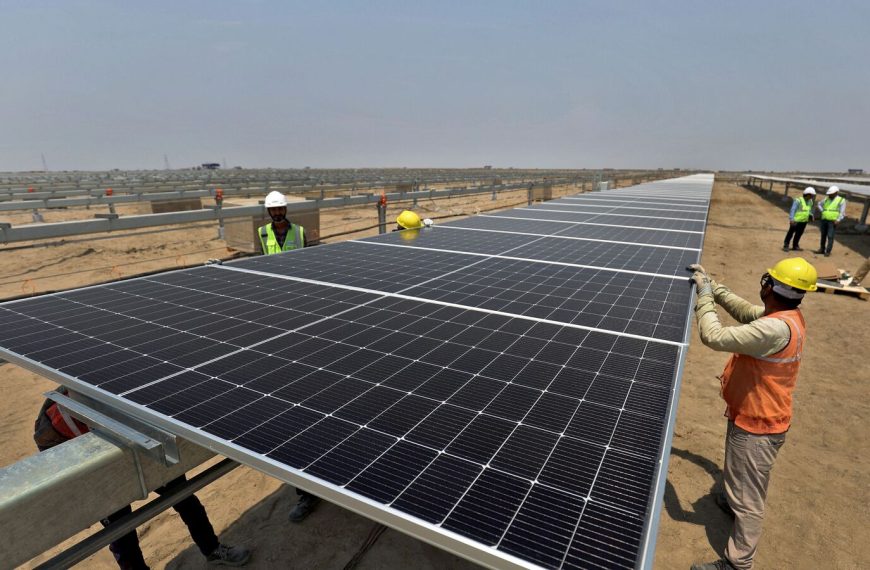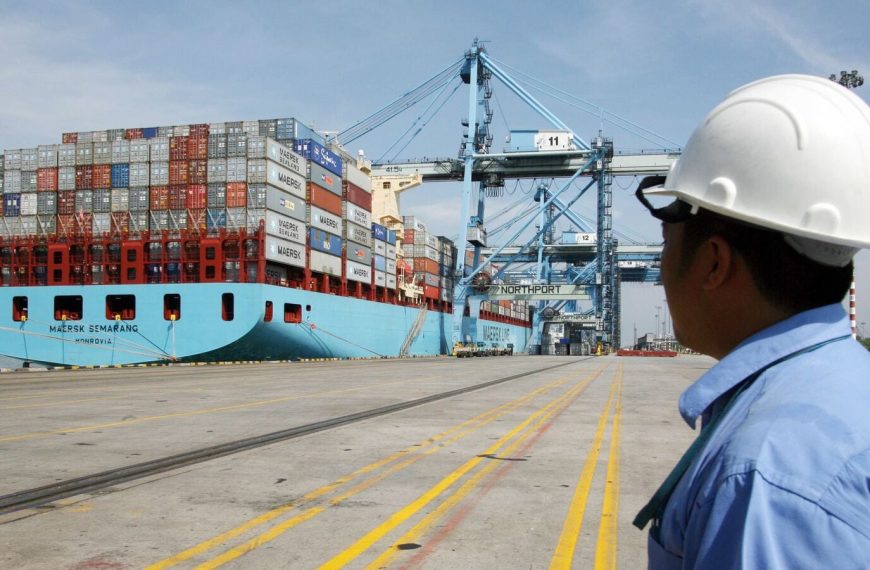India’s economic outlook for FY26 appears promising, buoyed by ongoing government expenditures and a potential resurgence in private investments. However, experts caution that the escalating trade tensions and increasing tariffs from the United States could pose significant challenges to the country’s export landscape. Recent assessments from several credit rating agencies indicate that while growth is expected, vigilance is necessary due to various external pressures.
Positive Growth Projections Amid Challenges
India Ratings & Research, a subsidiary of Fitch Group, forecasts a 6.6% growth in the economy for FY26. Despite this optimistic outlook, they caution that credit rating adjustments may become more frequent throughout the fiscal year. Such adjustments encompass all variations made by credit rating agencies, including upgrades, downgrades, and outlook revisions.
- Key sectors performing well: The power, automotive, road infrastructure, consumer services, and healthcare sectors have experienced notable rating upgrades over the past four years. This growth has been primarily driven by government infrastructure investments and robust urban demand.
- Rural consumption rises: Enhanced disposable incomes have also led to increased rural consumption, further propelling the services sector’s growth.
Mixed Fortunes Across Sectors
However, not all sectors are thriving. Industries like textiles, construction, and capital goods have faced downward rating actions due to fluctuations in raw material prices and rising operational costs. During FY25, India Ratings upgraded 330 debt issuers while downgrading 94, reflecting a mixed but overall positive credit environment.
- Cautious optimism: "Despite solid domestic demand and a recovery in rural spending, uncertainties stemming from tariff increases in the U.S. may hinder growth momentum," noted a representative from India Ratings.
Strong Domestic Demand Expected
According to Crisil Ratings, the outlook for credit quality among Indian firms is bright for FY26, particularly in the capital goods, construction, and retail sectors. They predict that the upcoming U.S. tariffs, set to take effect on April 2, will have a measured impact on most sectors, excluding smartphones.
- Tariff impact: A 25% tariff on steel, aluminum, and auto components is expected, but the direct dependency of Indian markets on the U.S. remains low.
- Credit ratios improve: During FY25, Crisil documented 409 upgrades and 228 downgrades, maintaining a credit ratio of 2.64 times in the second half, slightly down from 2.75 times in the first half.
Export Challenges Persist
Icra anticipates continued sluggishness in India’s merchandise exports, particularly amid the ongoing trade disputes. In FY24, India’s merchandise exports totaled approximately $427 billion, reflecting a 3.1% decline year-over-year. This decline is complemented by a 5.27% drop in imports, amounting to about $678 billion.
- High tariff rates: India’s average trade-weighted tariff rate stands at 12%, significantly higher than that of several other countries, such as Korea (8.4%) and the U.S. (2.2%). This disparity may complicate India’s export strategies in the face of potential U.S. tariffs.
Navigating Economic Uncertainty
Experts warn that U.S. tariff impositions could disrupt export-driven sectors, particularly those dependent on consumer spending. Sachin Gupta from CareEdge Ratings emphasizes that this uncertainty may stall private sector capital expenditure until clearer signals are evident.
- Potential for recovery: Despite these challenges, Gupta notes that trade agreements and currency depreciation might provide relief to exporters. Additionally, strong balance sheets within Corporate India could offer stability against external shocks.
In summary, while India’s economic growth trajectory for FY26 is promising, the interplay of domestic demand, government spending, and external trade dynamics will be critical in shaping the overall economic landscape. With strategic navigation through these challenges, India can potentially harness its economic resilience.










